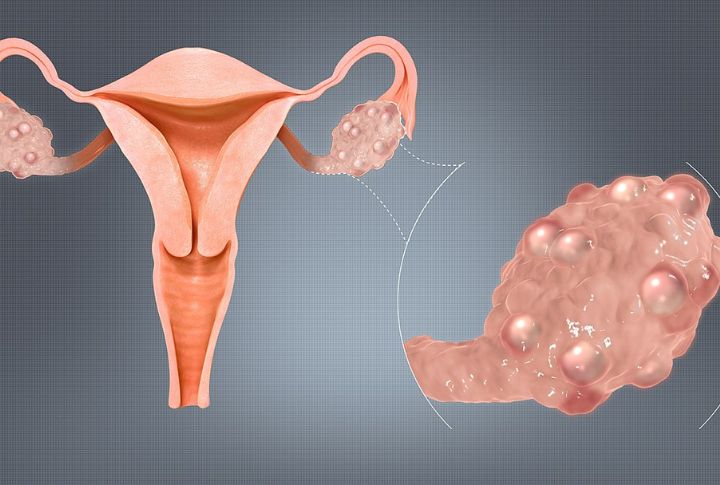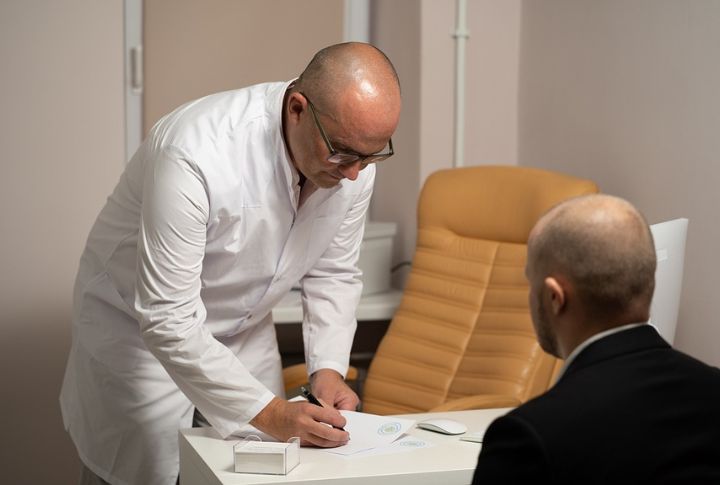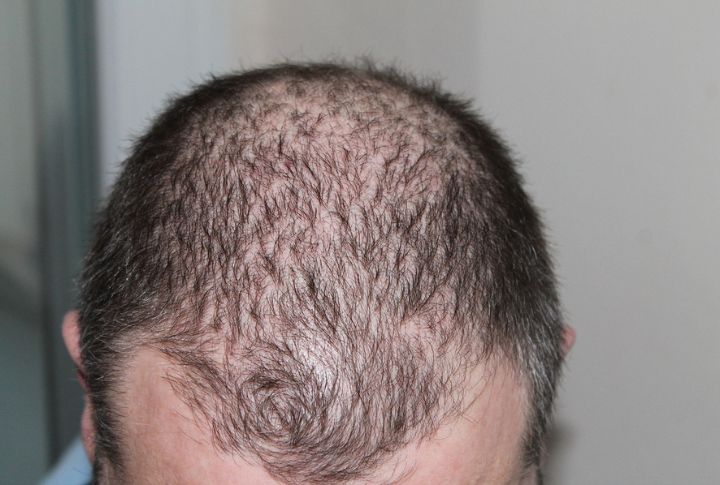
Hair loss often lurks in unexpected corners of our health beyond the usual suspects of genetics and aging. While we’re quick to blame stress levels, the real culprits might be hiding in plain sight. Recent medical research has uncovered surprising links between everyday health factors and that concerning piles of hair in your shower drain. Here’s what modern science tells us about the lesser-known triggers behind hair loss.
Telogen Effluvium

Physical trauma or emotional distress can abruptly disrupt your hair’s natural growth cycle, forcing follicles into premature dormancy. Significant events like surgery, childbirth, or extreme weight loss often trigger widespread shedding. While it is reversible, the recovery depends on identifying and addressing the underlying stressor.
Nutritional Deficiencies

Your hair craves specific nutrients to maintain strength and vitality. Critical shortages in iron, zinc, or protein can trigger progressive thinning and shedding. Crash diets and restrictive eating patterns frequently deplete these essential building blocks. Strategic nutrition through whole foods offers the most sustainable path to recovery.
Thyroid Disorders

Both hypothyroidism and hyperthyroidism wreak havoc on hair growth by disrupting intrinsic metabolic processes. Whether your thyroid is underperforming or overactive, the impact manifests as widespread thinning or pronounced shedding. Blood tests can confirm suspicions, while proper medication typically restores normal growth patterns within a few months.
Hormonal Imbalances

Hormonal shifts from PCOS, menopause, or contraceptive changes can trigger noticeable hair loss by altering fundamental growth cycles. These disruptions often manifest as progressive thinning across the scalp. Targeted hormone therapy combined with lifestyle modifications can help restore balance and promote regrowth.
Scalp Infections

Fungal and bacterial invaders can compromise follicular health, leading to inflammation and patchy hair loss. Conditions like tinea capitis create distinctly circular bald patches, while folliculitis presents as scattered thinning. Prompt treatment with appropriate antimicrobial therapies prevents permanent follicular damage.
Autoimmune Disorders (Alopecia Areata)

The immune system’s misdirected attack on hair follicles results in Alopecia Areata, marked by distinct bald patches. While the condition can be unpredictable, treatments like immunotherapy and steroids work to calm the immune response, which gives hair a chance to grow back in those affected spots.
Medications and Treatments

Common medications secretly sabotage hair growth. Blood thinners, antidepressants, and chemotherapy meds list hair loss as a side effect. If shedding begins after starting a new prescription, consult your doctor about alternatives or supportive treatments to minimize the impact.
Traction Alopecia

Tight hairstyles wage a silent war against your hairline, creating irreversible damage over time. Constant tension from ponytails, braids, and extensions gradually destroys follicles and weakens hair roots. Liberation from restrictive styles, combined with targeted scalp recovery treatments, preserves your hair’s future health.
Stress-Induced Hair Loss

Chronic stress forces healthy hair into premature hibernation and disrupts natural growth patterns. This temporary shutdown creates visible thinning across your scalp, particularly at the crown and temples. Strategic stress management through meditation, therapy, and lifestyle modifications reactivates natural growth.
Skin Conditions on the Scalp

Inflammatory scalp conditions like psoriasis and seborrheic dermatitis can stress the follicles, causing hair to fall out or break. Targeted medical treatments, including specialized shampoos and topical medications, restore scalp harmony and protect vulnerable follicles.
